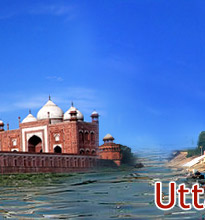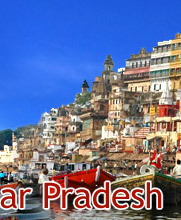 Like
Thumari and Chaiti, Kajari too has its roots in Uttar Pradesh. Kajari, a
season based music, is one of the most popular folk music form in India
and is sung often by classical and semi classical musicians. Even though
Kajari is sung in a large region, Mirzapur in eastern Uttar Pradesh is
considered to be the real home of the Kajari. As the legend goes in
Mirzapur, there was woman named 'Kajali' whose husband was in a distant
land. Monsoon arrived and the separation became unbearable, she started
crying at the feet of the Goddess and these cries subsequently took the
form of Kajari.
Like
Thumari and Chaiti, Kajari too has its roots in Uttar Pradesh. Kajari, a
season based music, is one of the most popular folk music form in India
and is sung often by classical and semi classical musicians. Even though
Kajari is sung in a large region, Mirzapur in eastern Uttar Pradesh is
considered to be the real home of the Kajari. As the legend goes in
Mirzapur, there was woman named 'Kajali' whose husband was in a distant
land. Monsoon arrived and the separation became unbearable, she started
crying at the feet of the Goddess and these cries subsequently took the
form of Kajari. Keeping legends at bay, the word Kajari is possibly a derivative of Kajal that mean Kohl or Black in Hindi. Uttar Pradesh is a land that experiences sizzling hot summers and the only respite in that season are the black monsoon clouds that bring with them rain drenched with relief and great joy. Therefore typical of every season in India, monsoon too has its share of songs and dance and that is what Kajari is.
There are precisely two forms of Kajari singing in UP or Uttar Pradesh. The first is the one that is sung on a performance platform where as women sing the other one on monsoon evenings, while dancing in a semi-circle. The later is popularly called 'Dhunmuniya Kajri'. Uttar Pradesh has produced some of the greatest exponents of Kajari such as Pundit Chhanulal Misra, Shobha Gurtu, Girja Devi, Rajan and Sajan Mishra among others.









